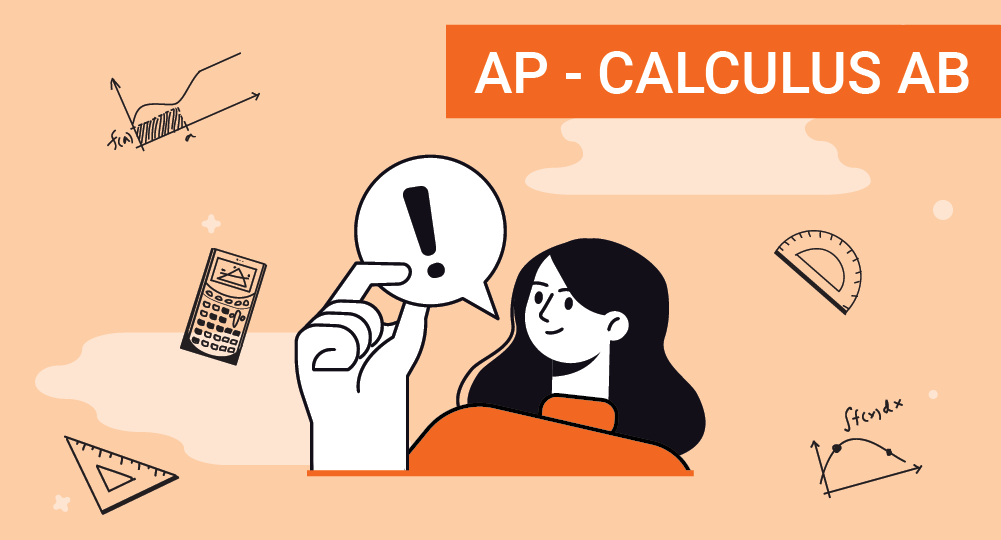
PSAT English
The preliminary SAT also known as PSAT is the kind of practie test for SAT. PSAT assesses the student's performance in the major areas like evidence - based reading, writing and mathematical skills. It can be taken by the students only once in an year.
Know more about PSAT
The PSAT, which stands for Preliminary Scholastic Assessment Test, is a standardized test administered by the College Board. It is designed to help students prepare for the SAT (Scholastic Assessment Test) and to identify potential candidates for the National Merit Scholarship Program. Here are some key details about the PSAT:
Purpose: The PSAT assesses your skills in critical reading, math, and writing, similar to the SAT. It serves as a practice test for the SAT and provides valuable feedback on your strengths and areas for improvement.
The PSAT/NMSQT (National Merit Scholarship Qualifying Test) is the version of the PSAT used to determine eligibility for the National Merit Scholarship Program. High scorers in this test may qualify for scholarship opportunities.
PSAT/NMSQT (Preliminary Scholastic Assessment Test/National Merit Scholarship Qualifying Test) consists of four main sections: Reading, Writing and Language, Math No Calculator, and Math with Calculator. Each section is designed to assess different skills and is scored separately. The total testing time is approximately 2 hours and 45 minutes.
Test Pattern
| S No | Test Section | Number of Questions | Time Allotted |
|---|---|---|---|
| 1 | Reading Section | 47 | 60 minutes |
| 2 | Writing and Language Section | 44 | 35 minutes |
| 3 | Math No Calculator Section | 17 | 25 minutes |
| 4 | Math with Calculator Section | 31 | 45 minutes |
| 5 | Essay Section (Optional) | 1 prompt | 50 minutes (approx.) |
*The Writing section is optional and does not include a specific number of questions. It requires writing an essay in response to a prompt
What you'll learn
- 1
Evidence to support a claim
- 2
Evidence in the given passage to support the tone and purpose of the passage given by the author.
- 3
Relationship between infographics and the passage.
- 4
Meaning of a word or phrase in context.
- 5
Choice of words to set tone, style and meaning of the passage.
- 6
Examine a hypothesis in the given passage from Science, History or Social Studies
- 7
Interpret the given data from Science, History or Social Studies
Skills you'll learn
Command of evidence and words used in context
Identify the purpose and tone in the given passage
Identify the sources of allusion in the reading passage
Analysing the infographics or data tables and interpret the relation between the data and the passage
Should be able to analyze the passages from Science, History or Social Science topics














